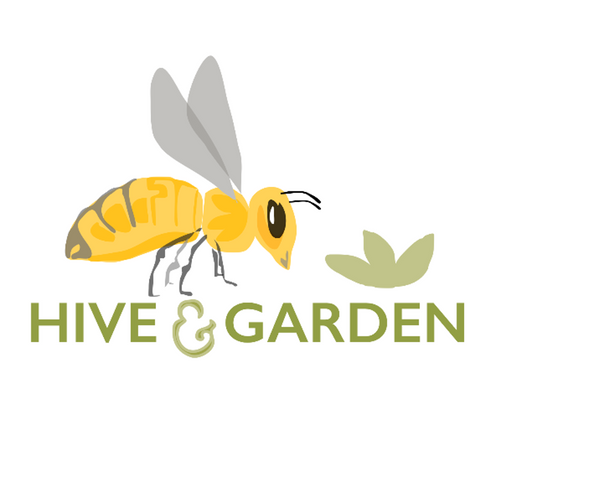Hive Inspections: Intro & 'Level 1'
Share
Hive inspection is a complex problem with many variables and interdependency between the variables. The goal of this blog is to answer topics such as how often, when, how deep, what to look for, and how to fix any problems that come up during a hive inspection. Some of the most important factors in colony survival are:
- Forage access
- Genetic diversity
- Queen health
- Hive structure
- Local climate
- Colony management
- Herbicides/pesticide exposure
- Pests and disease
Your inspection frequency and timing will be dictated by the seasons. So, in Winter, you can do fewer inspections. In the spring build-up, you should do more, in summer, you should continue, but perhaps at a declining rate. In autumn, inspections are still crucially important, but can be less often than in spring. In spring, you need to make sure the colony is on track to build up with the increasing forage availability. Everything depends on this. You also need to check for signs of swarm build-up.
The colony is a microorganism, therefore, full inspection is much like a surgery. Because of this, it is best to start with non-invasive inspections. Such complex tasks can benefit from being structured into smaller steps, making it less overwhelming. So we break hive inspections into three graduated steps that maximize the information we get while minimizing colony disruption. These steps will not make you an overnight inspection expert—that takes time—but it can make up for your skill shortfall, and help you build skills faster.
We imaginatively call these Level 1, Level 2, and Level 3.

In this blog we will look more into level 1 inspections, and Part 2 will cover levels 2 & 3. Our E-Field Guide to Hive Inspections would be very useful to follow along with these tutorial blogs.
Level 1 Inspections:
Level 1 uses only external observation, and is essentially non disruptive. It can be done as often as you want. You can learn a great deal from this type of inspection, if you do it diligently and make notes. Front entrance observation is relaxing, rewarding, and yields lots of information, which we list later. Similarly you can glean a tremendous amount from inspecting the mite tray. And tilting the hive gives you a rough assessment of colony weight. It is easy to underestimate the value of Level 1 inspections. In our view they are foundational to successful beekeeping.
- Incoming pollen
- Hive traffic patterns/drone flights
- Signs of pest/disease/poisoning
- Signs of robbing
- Hive knocking for response
- Acoustic monitoring
- Hive tilting
- Electronic hive scales
- Mite count (take pictures to zoom in and track trends).
- Debris inspection
- Brood temperature, humidity
If all the results of your nonintrusive (Level 1) inspection are good, you can have confidence in the hive enough to defer a level 3 inspection, except for swarm cells. Swarm cells are one of the main drivers of level 3 inspections in spring , when it is hard to avoid inspecting frames—unless you want to try some of the Audio solutions that claim to hear when a colony is preparing to swarm.
Most beekeepers automatically do some type of Level 1 inspection, but probably have used the mite tray only for mite inspection and not as a general inspection tool. There is much to be gleaned from a mite tray. As the colony goes about its business, it provides us a direct history of its activity as the colony debris falls on the mite tray. It takes a bit of skill to interpret this information, but it is worth the effort.
Mite tray inspections are much more than a mite count (number, location, age (dead/alive)). Some other important things to look for are the amount, location and color of pollen, the amount of wax platelets (sign of wax production), brood cell debris (cell cleaning for fresh brood cycle), torn wax fragments (robbing, hygienic behavior), bee parts (possible robbing, attrition), water (hive moisture), and feces (dysentery or Nosema apis).
Another important part of a Level 1 Inspection is being able to recognize a queenless hive. Some things to look for are:
- No pollen incoming
- Hive sound without knocking has a more intense sound than normal. More like an intense agitated sound, some call a roar.
- Hive population is declining (Regular Level 1 inspections needed.)
- Brood temperature has dropped, suggesting a decline in brood population.
We will continue with Level 2 & 3 Inspections in Part 2.
